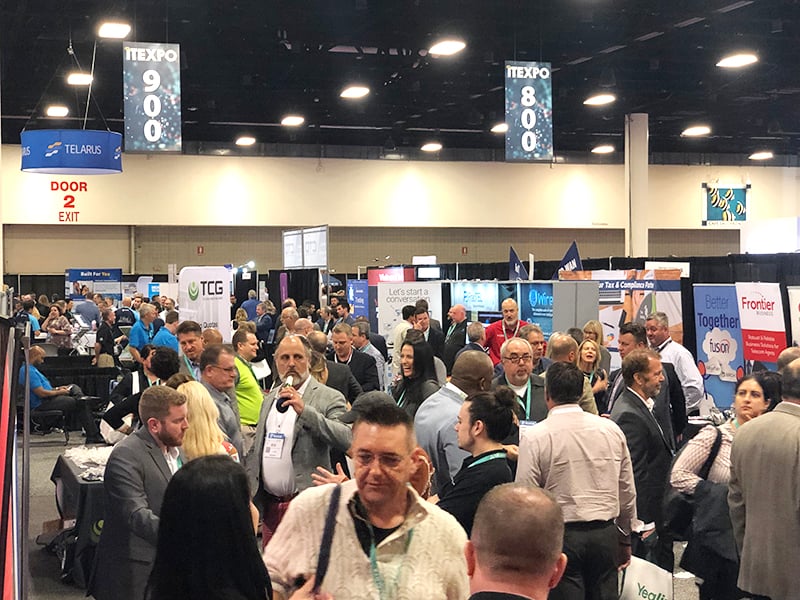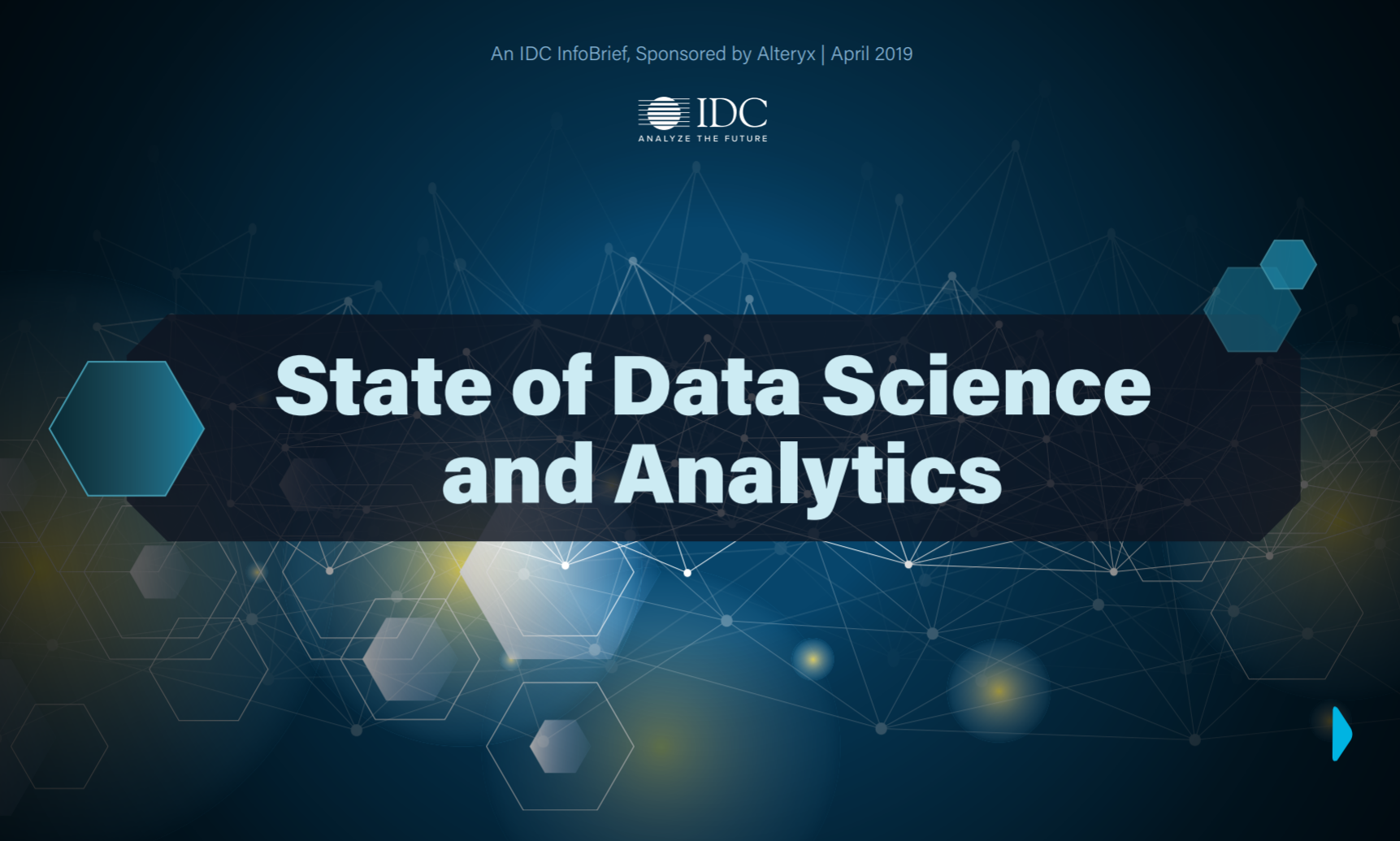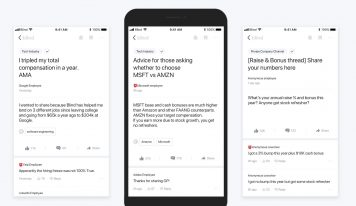We often discuss the need for digital transformation and future of work as important for the future of every business but quantifying these concepts is difficult to achieve.
CEOs know they must innovate. They know competition is coming from every direction and the web has transformed the world of commerce and communications.
We like to cite the example of Harry’s and Dollar Shave Club as two no-name upstarts who took on Gillette and brought the company to its knees.
The irony is some years back Schick, another razor maker said you can’t take Gillette head on. They were wrong. Very wrong.
New entrants have taken 16% of the market and counting.
As a result, Schick parent company had to purchase Harry’s to better compete.
We describe digital transformation broadly – it can be remaking the way your organization operates. It can be transforming your go-to-market strategy, the way you charge for products and services, etc.
For example for a jet engine company – leasing thrust instead of selling engines. For an insurance company – using an app or IoT sensor to price insurance based on miles driven or driving skill and safety.
The future of work is the idea that new tools are making workers more productive and efficient. We are collaborating more effectively. We are leveraging AI to have the best of machines and humans, working together – adding value to both.
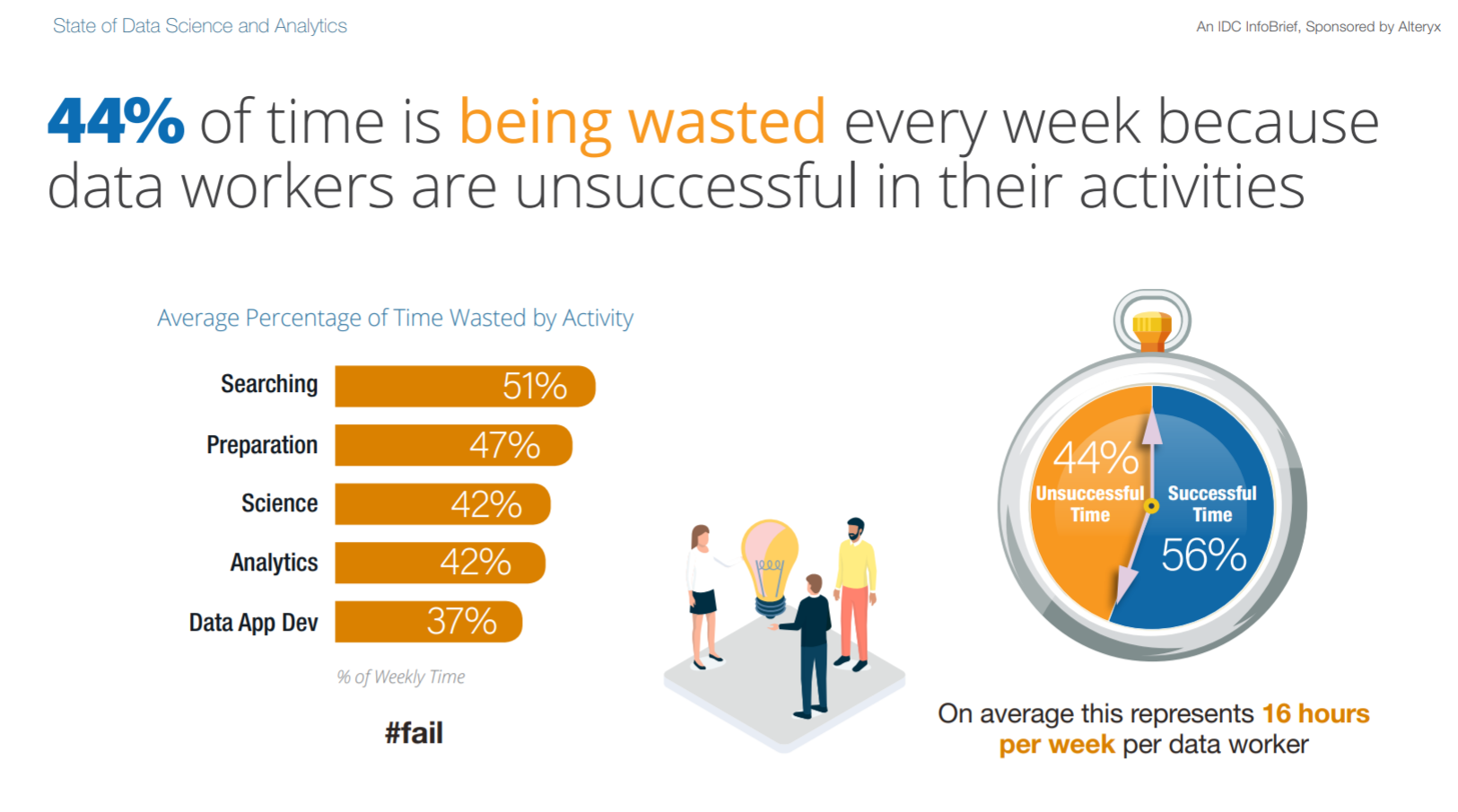
We now have an Alteryx IDC study which gives us some insight as to how much much time is being wasted because we don’t have the products, tools and services we need to be as efficient as possible.
We strongly believe all knowledge workers will benefit from the future of work – especially better collaboration and AI tools – allowing them to become more accessible and powerful. That is hundreds of millions of global workers. There are over 60 million in the U.S. alone.
The study however focuses on a subset of this space, data workers – about 54 million people.
It explains these workers are wasting 46% or 16 hours per week of their time searching, preparing, on science, analytics and data application development.
We estimated that a fully loaded salary for such a worker is $150,000 meaning the total waste for all these workers is no less than $3.5 trillion in payroll and benefit costs!

Specifically, the biggest challenges workers cite are as follows:
- Too much time spent in data preparation
- Slow response time to request
- Lack of collaboration
- Too many versions of analytic models
- Lack of clarity in requirements
- Analytic tools are too complicated/lack of training
- Lack of knowledge of data sources
- Lack of understanding of analytics and data science
Many if not all of these areas are being focused on by a slew of companies in the category we dub “future of work,” encompassing collaboration and AI enhancement.
If we can eliminate all this waste which is a lofty goal we are talking about the massive market opportunity. Most importantly, companies feel this pain – they know the waste is there. They understand there are better ways to achieve their goals.
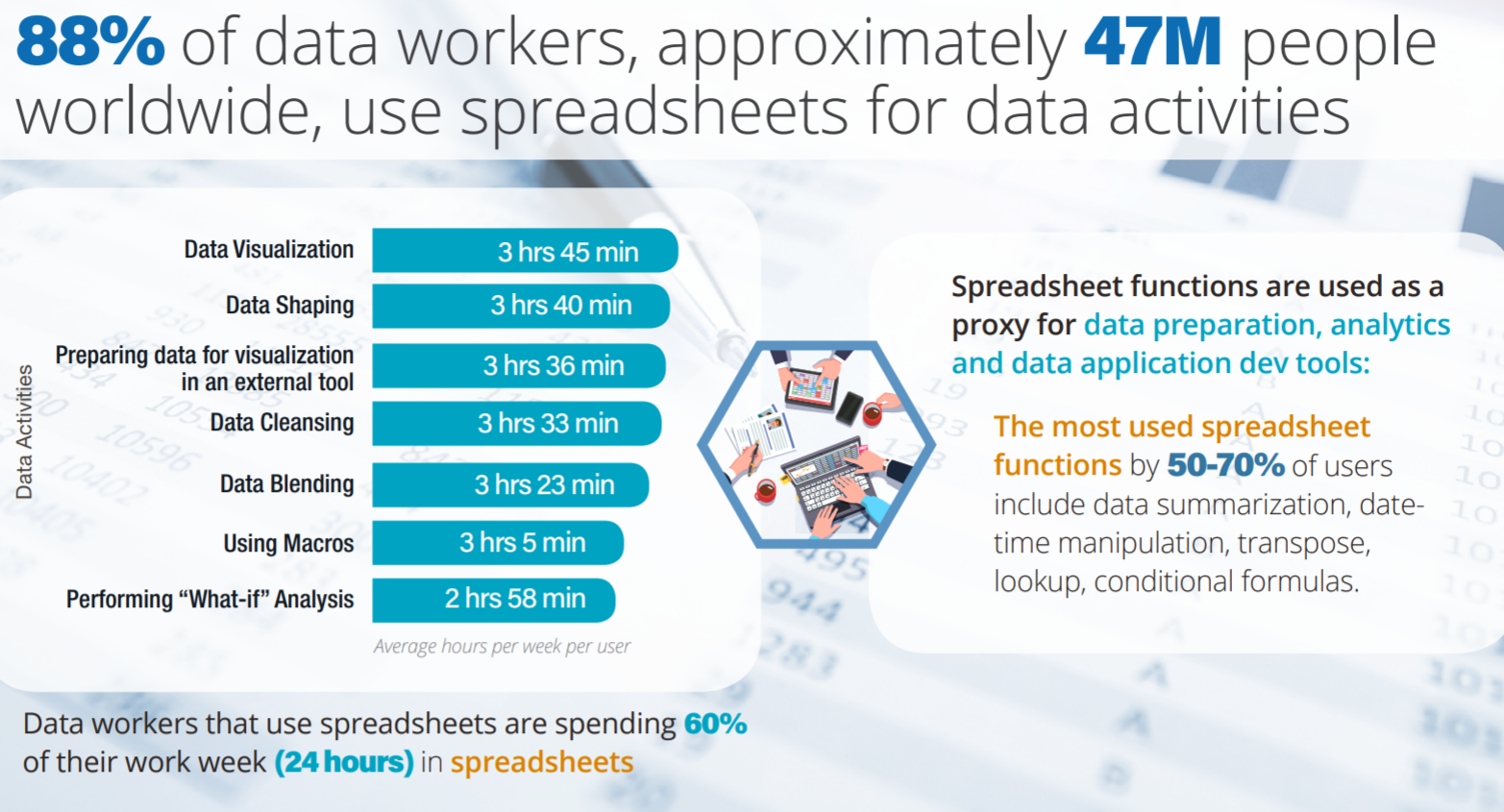
In fact – the future of work – may be the biggest financial opportunity that technology has ever presented us. It is quite staggering.
It extends far beyond data workers – first to all knowledge workers and then to the factory floor, call center worker and everyone else.
Our estimate of market savings will roughly equate to how much a company would spend hoping for an ROI in one-two years. We believe it is a conservative number. Yes, a $3.5T number might be too low.
This is what excites us so much and it should excite you as well.
We want to thank IDC, and Alteryx for the report and Eileen Brown at ZDNet for bringing it to our attention last night.
Where do organizations go to learn more? The world’s only Future of Work Expo (collocated with the ITEXPO Digital Transformation #TechSuperShow) of course. Feb 12-14, 2020 in Fort Lauderdale, Florida.
